After several weeks of drilling, successful installation and a completed test phase, the German Research Centre for Geosciences (GFZ) recently initiated a globally unique multi-parameter seismic station on the Kapidağ peninsula in north-western Türkiye. The borehole-based station is located at the Sea of Marmara, about a hundred kilometers distance from Istanbul. It records an entire range of deformation processes, from slow aseismic creep of tectonic plates to classic earthquakes. It also records pore fluid pressure data. The aim is to monitor the deformation processes along the boundary of the Eurasian and Anatolian continental plates beneath the Sea of Marmara using state-of-the-art measurement technology and with unprecedented accuracy.
In close collaboration with the Turkish disaster and emergency management presidency AFAD, the GFZ has been operating the borehole-based earthquake observatory GONAF (Geophysical Observatory at the North Anatolian Fault) in the Istanbul-Marmara region (www.gonaf-network.org) for many years. There, in the immediate vicinity of the Istanbul metropolitan region with its more than 16 million inhabitants, researchers are expecting a strong earthquake with a magnitude greater than 7. “Statistically speaking, such a mega-quake is overdue,” says Prof. Marco Bohnhoff, the head of GONAF. “The problem is that we don't know when it will happen - tomorrow, in the next few months or in 20 or 30 years' time.” The high risk affects a region of enormous importance, and not just because of its millions of people: The companies and jobs in and around Istanbul account for around 40 percent of Türkiye's economic power.
The GONAF observatory, which has been in operation since 2015, has already provided a number of key observations there. For example, it has succeeded in systematically characterizing the “Marmara earthquake gap” along the Eurasian-Anatolian tectonic plate boundary. Seismologists speak of a gap when an area of an active plate boundary or geological fault accumulates energy over decades during the tectonic loading process, but remains seismically quiet. The longer this process takes, the more energy is stored, which can then be discharged in one big earthquake. In the case of the North Anatolian fault, there is such a gap beneath the Sea of Marmara. Thanks to GONAF measurements, this gap could be deciphered in detail: The eastern part immediately south of Istanbul is completely locked. In contrast, the two tectonic plates further west are partly sliding past each other almost silently (see also our press release from August 2023). Marco Bohnhoff says: “The accumulated tectonic energy under the eastern Sea of Marmara is therefore at its maximum. This has a relevant impact on modelling scenarios of a major future earthquake and its consequences for the urban area of Istanbul.”
The GONAF observatory had previously concentrated on the eastern Marmara region with a total of seven sites. However, the “seismic gap” along which the next strong earthquake is highly likely to occur extends across the entire Sea of Marmara from east to west between the last two mega-earthquakes in the region, the 1999 Izmit earthquake and the 1912 Ganos earthquake. Istanbul lies exactly in between.
In order to monitor the entire continental plate boundary below the Sea of Marmara with optimized monitoring accuracy, it was decided to extend the GONAF observatory to the west. Its implementation has now started with the new station on the Kapidağ peninsula. The latest broadband seismometer sensors (with a bandwidth of 200Hz to 150 s signal frequency), deformation measuring devices with a previously unattained sensitivity of just one hundredth of an atomic diameter (10-12 m) and dilatometers for recording expansion processes are now combined in a single 120 m deep borehole. The sensor system is completed by conventional geophones. Dr. Patricia Martínez-Garzón, who co-directs GONAF: “This allows us to monitor the entire spectrum of deformation processes in just one borehole - something that is unique in this constellation.” There is also a second borehole at the same location, in which a pore pressure sensor records any pressure waves that occur.
All GONAF recordings are transmitted in real time in parallel to the GFZ in Potsdam and to AFAD in Ankara. The aim is to develop a new type of prognosis-based earthquake forecasting system for the Istanbul area. This aims at automatically analyzing any signals that occur before a strong earthquake and then transmit them to the Turkish authorities in order to potentially issue warnings if necessary. This is of critical importance because, due to the short distance of just a few tens of kilometers between the Marmara fault zone and the Istanbul metropolitan area, the use of conventional earthquake-early warning systems would at best allow only a few seconds warning time.
Further GONAF sites with the same monitoring technology as now used on Kapidağ are already planned along the northern shore of the Marmara Sea and are currently being implemented.


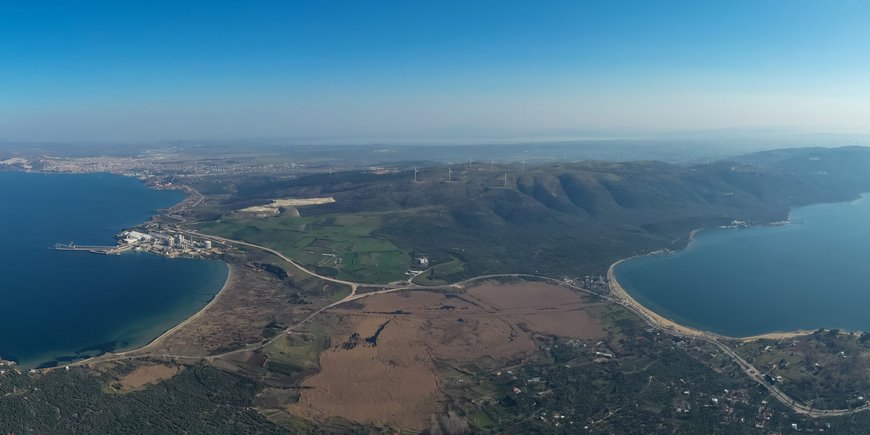
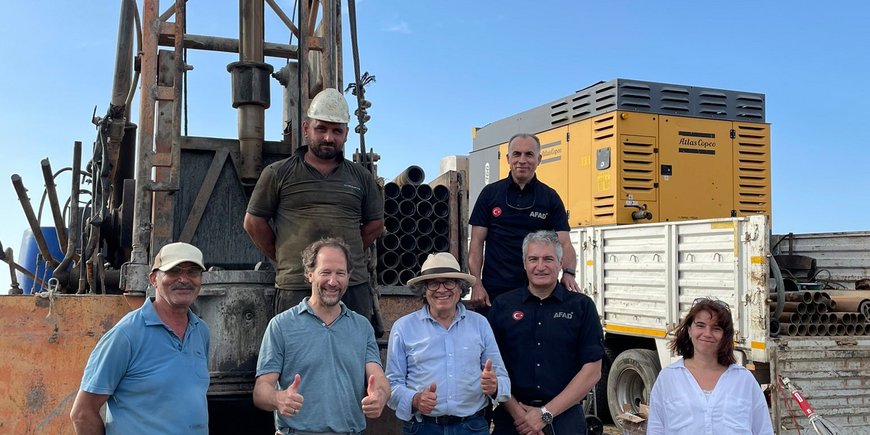
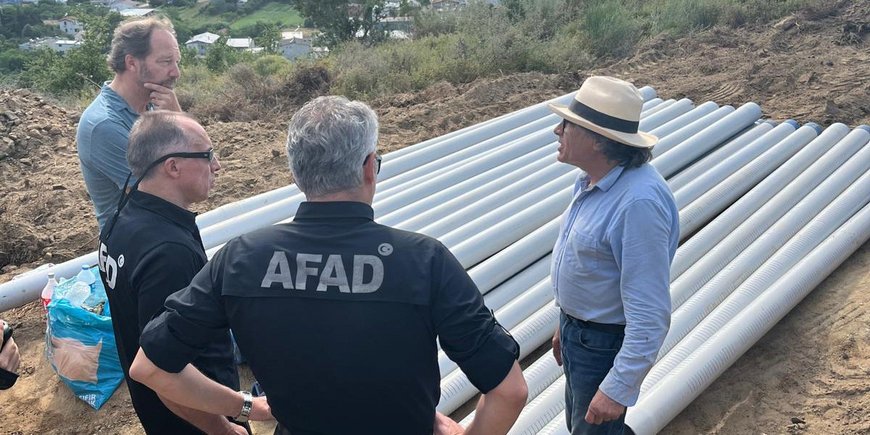
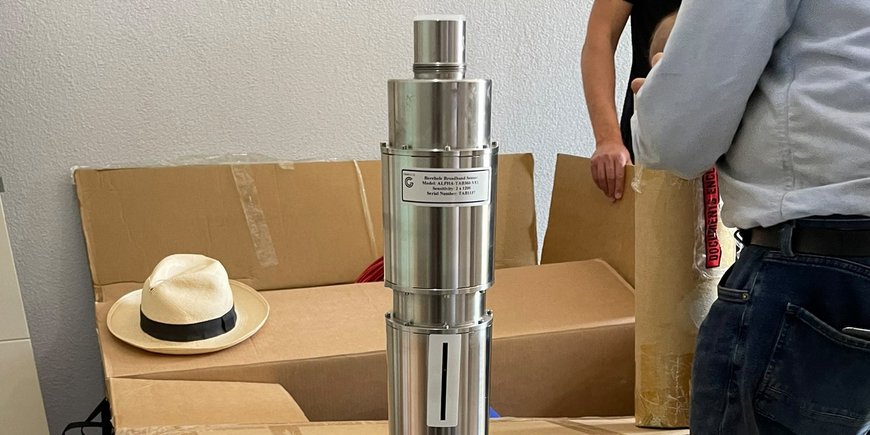



![[Translate to English:] Fire in a forest, smoke rising, aerial view from above](/fileadmin/_processed_/8/3/csm_2025_01_06_AdobeStock_415831729_5a0e6d50d3.jpeg)

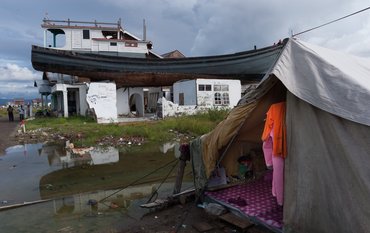




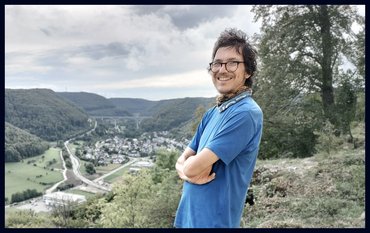
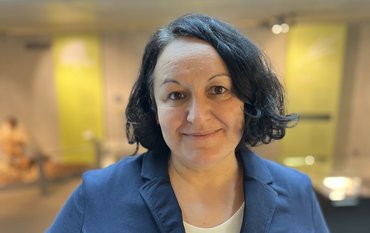

![[Translate to English:] [Translate to English:] Abror Gafurov von dem Schriftzug "Welcome to Azerbaijan" und den UN und COP Logos](/fileadmin/_processed_/2/5/csm_2024_11_Baku_COP29_Abror_Gafurov_1042faec82.jpeg)


![[Translate to English:] Martin Herold standing in front of the library on the Telegrafenberg](/fileadmin/_processed_/c/d/csm_Martin_Herold_d385ee4dd9.jpeg)
![[Translate to English:] Many people are listening to a presentation in the GFZ lecture hall.](/fileadmin/_processed_/c/a/csm_1_Bild1_hell_b9c0e9f5ed.jpeg)


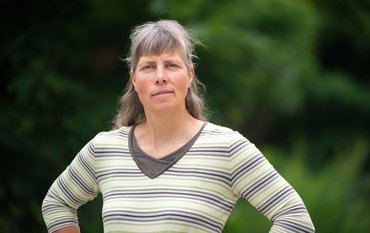

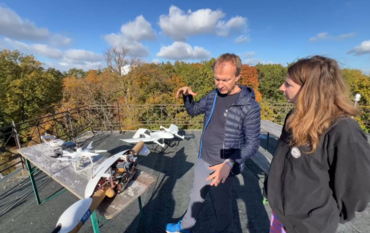

![[Translate to English:] Both scientists sitting on stools in front of a wall of books in the Telegrafenberg library](/fileadmin/_processed_/6/6/csm_Buiter_Castell_DORA_4_e87cb1ea18.jpeg)
![[Translate to English:] Gruppenbild mit 4 Personen](/fileadmin/_processed_/8/d/csm_20241017_GFZ-Emmerman-Medal-005_web_reinhardtundsommer_21a414fa4a.jpeg)

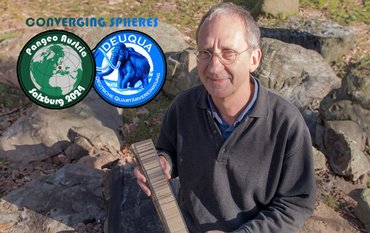


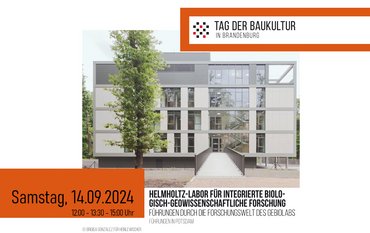
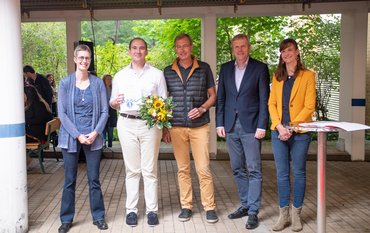
![[Translate to English:] Ice landscape with five red tents](/fileadmin/_processed_/8/9/csm_Zeltlager_auf_dem_Eis_Urheberin_Jenine_McCutcheon_5ced2d523b.jpeg)